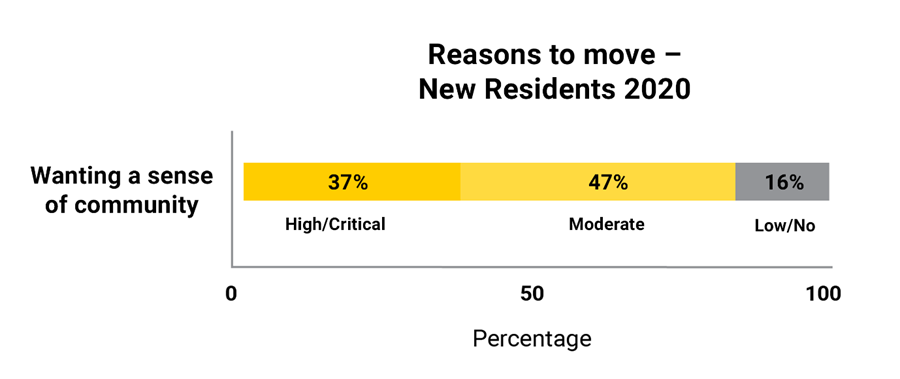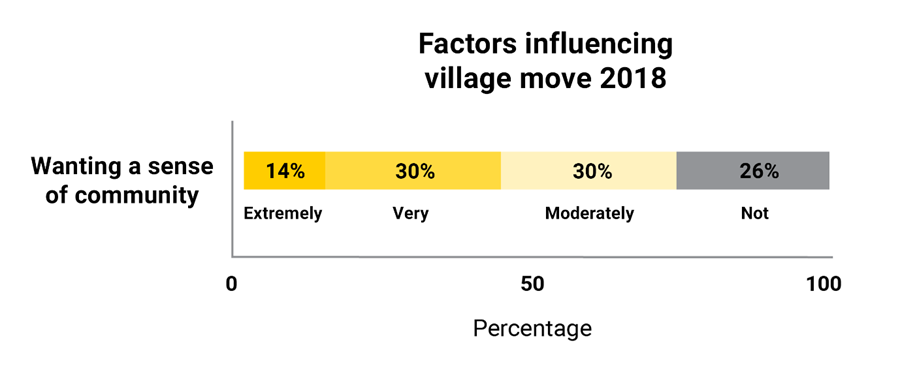Our sister company DCM Research has just completed the DCM Prospect Profile survey of 2,207 people aged 60+, and we’ve had a sneak peak at the results.
What we’re seeing is a serious retirement village perception problem.
Look at the figure above.
Just 14% of respondents perceive retirement villages to be an affordable option, and over half (51%) think exactly the opposite.
On top of this, 42% of respondents think they’re small, with little storage space.
Not great conversation starters.
Digging a little deeper
DCM’s research partner, Australian Online Research (AOR), wanted to know why people felt this way, so they compared the perceptions of non-residents to people who had just moved in to a Village.
And the difference couldn’t be starker:

More often than not, many of the Potentials had been to a village many years ago and had a dim memory, or simply had a rough opinion that has over time become a firm opinion.
AOR found visiting one or more villages turned most people around.
The hard part is getting them to the village.
First impressions are so important
I’ve often said in the retirement living industry it’s the one-percenters that count.
Retirees are increasingly using digital platforms and your website may be one of the first points of interaction with potential residents.
So, it pays to look at your website with a fresh pair of eyes.
Rather than ticking off the list of all the information we as operators feel like we need on our websites, consider “how you build connection” as part of the impression.
Two easy solutions:
- Invest in photography and video that highlight the personality of the village and the people. Ensure it has an element of authenticity, that represents what they will find. Do not try to be all things to all people.
- Present the village homes as real homes, that people can see themselves living in. Show the village as an optimistic, vibrant place where real people enjoy living. Consider virtual tours with real residents and staff showcasing the style of living and how it caters for individual taste.
While these strategies are not particularly ground-breaking, they require investment and creativity.
But in my experience, the return on investment is great.
And in these uncertain times focusing on foundational activities such as these will be vital.











